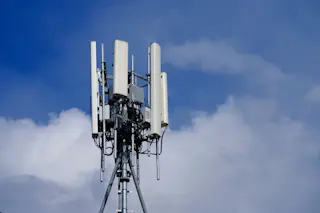In June, Texas authorized the installation of hundreds of night vision–enabled Webcams along its Mexican border. Before the end of the year, concerned citizens will be able to monitor the streaming video footage for illegal crossers and even call a toll-free number to report their observations to local law enforcement officials.
"It's no different from a regular neighborhood watch program," says Rachael Novier, a spokeswoman for Texas governor Rick Perry. "We want to make it as widely available as possible so that citizens can participate." Novier insists the program is intended to reduce the crime and violence that occurs at the Texas border, not to enforce federal immigration legislation. Not everyone agrees. Chris Bell, the Democratic challenger for the governor's seat, has chided Perry for turning "immigrant hunting" into a "home-computer exercise."
Perry's program is not the first to employ video technology in the service of community surveillance. By next year, more than 300 Webcams in the Shoreditch neighborhood of East London will allow users to watch the streets of their own crime-plagued neighborhood around the clock. While Shoreditch TV promotes the program as a deterrent to criminals, critics decry the Orwellian overtones of constant community surveillance.
Currently, more than 10 percent of new computers come equipped with Webcams. As their popularity grows, it might be only a matter of time before everyone lives under prying eyes.














